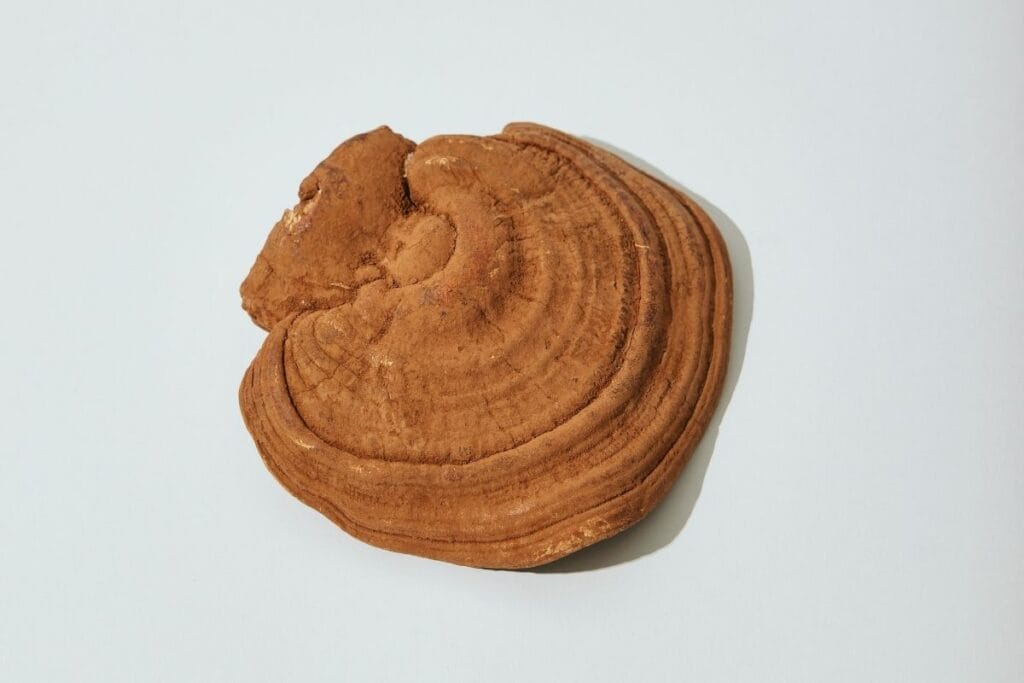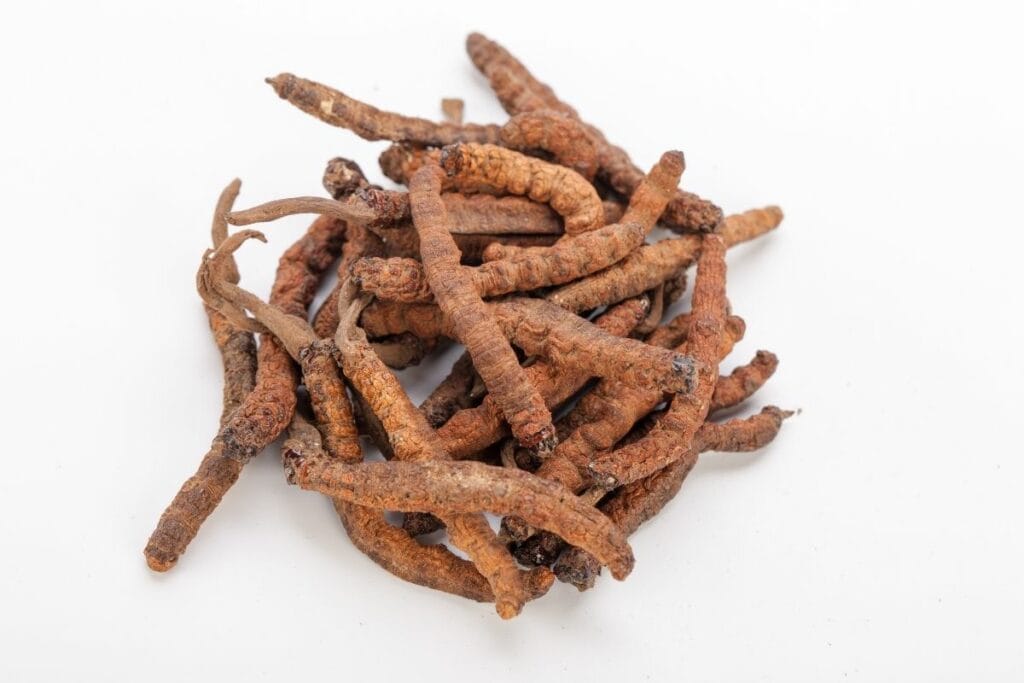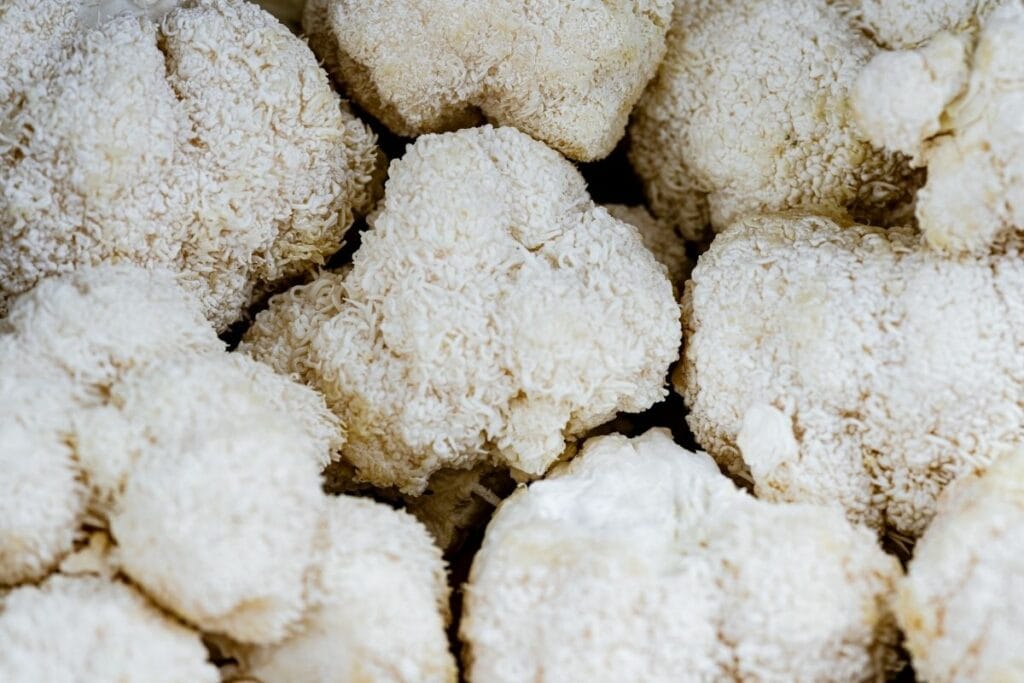Superfoods are unprocessed plant materials of natural origin which are rich in vitamins, minerals, antioxidants, phytonutrients and other bioactive substances. Thanks to their composition they are characterized by unique health-promoting properties, they have a very positive impact on our well-being and body condition, they protect us from oxidative stress and toxins. We usually associate superfoods with very expensive and luxurious imported raw materials with exotic names and strange taste. Sometimes we also do not know what to use them for, after all, they have never been present in our kitchen before. However, nothing could be further from the truth, superfoods have been with us for centuries and we are sure that you have always had at least some of our list in your kitchen.
Summary
- Superfoods are plant-based raw materials that have health-promoting properties thanks to their composition abundant in many valuable ingredients.
- SUPERSONIC Food is enriched with such superfoods as oatmeal, flaxseed, inactive yeast Yarrowia lipolytica, chia seeds, maca root and bladderwrack.
Oatmeal
A local superfood known and used for centuries with extremely beneficial effects on our health – surely no one would think of this when eating their grandma’s morning oatmeal. Oatmeal is the crushed seeds of oats, which retain all the nutritional value present in the grain and are also naturally gluten-free. In 100 g they provide 13 g of protein, 10 g of fiber, and 8 g of fats, most of which are unsaturated fatty acids, including alpha-linolenic acid (omega-3), linoleic acid (omega-6), and oleic acid (omega-9) (1). They are a source of minerals such as calcium, iron, zinc, iodine, and B vitamins, including thiamin, riboflavin, and niacin. Beta glucan, which is found in oatmeal, lowers “bad” LDL cholesterol and normalizes blood glucose levels. Oat fiber supports intestinal peristalsis, prevents absorption of toxins from food, and promotes long-term feelings of satiety after a meal (2, 3). The consumption of oatmeal is beneficial because it can be used in the kitchen in many ways: in oatmeal, in the form of muesli added to yogurt, as an ingredient of cookies, or as a flour to prepare bread or cake. Plus, they are widely available and affordable, so – let’s eat oats.
Yarrowia lipolytica
Yarrowia lipolytica is a strain of yeast, which has been thoroughly tested by scientists from Wrocław University of Life Sciences for application in biotechnology and food technology. Yarrowia has achieved the status of Novel Food, which has undergone a series of rigorous tests conducted by the European Food Safety Authority before being released for human consumption. Yeast is deactivated before being added to food, which means it no longer has biological activity, but it is still a valuable source of vitamins, minerals and other health-promoting substances. They provide among others B vitamins, copper, iron, zinc and chromium, as well as such ingredients as coenzyme Q10, alpha-ketoglutarate, citrulline malate. Yarrowia lipolytica yeast is a source of beta glucan, a fiber fraction that has anti-cancer and immune-stimulating effects, thus supporting the immune system (4).
Flaxseed
Flaxseed, or common flax seed, has been a well-known and widely used raw material for centuries. It is used in the production of bread, snacks and flax oil. It is a source of protein, dietary fiber, unsaturated fatty acids and minerals. Among fatty acids there are most alpha-linolenic (omega-3), linoleic (omega-6) and oleic (omega-9) acids, also very beneficial for health is the ratio of omega-6 to omega-3 acids, which is 1:3. Flaxseed fiber increases the feeling of satiety, slows down the release of glucose into the blood and lowers the level of “bad” LDL cholesterol. Flaxseed is a source of minerals, including calcium, zinc, copper and iron, and vitamin E (5). It can be consumed in ground form or as seeds.
Chia seeds
Chia seeds (Salvia hispanica), also known as chia seeds, have been one of the most popular superfoods for many years. They have exceptional nutritional value, a neutral taste and many culinary uses. They are suitable both for use in sweet pastries and snacks, and can be added to baked goods, smoothies and drinks. Chia seeds have a very high protein content (23 g/100 g) and fat (29 g/100 g), which consists mainly of unsaturated fatty acids. Predominant among them is alpha-linolenic acid, which belongs to the essential fatty acids and omega-3 acids, which is not produced by the body and must be supplied with the diet (6). Omega-3 fatty acids are under-consumed by the majority of the population, and their adequate dietary intake is crucial because of their cardioprotective, anti-inflammatory, anticancer, and antioxidant effects (Nutrition Standards). In addition, chia seeds are a source of antioxidants such as tocopherols, phytosterols, carotenoids, and phenolic compounds, which fight free radicals and prevent diseases such as atherosclerosis, coronary heart disease, and insulin resistance (7).
Maca
The edible part of maca, also known as Peruvian ginseng, is the dried and powdered root with a slightly nutty flavor. Maca boosts energy and improves vitality, and can also boost metabolism and prevent anemia. It is characterized by high protein content (about 10 g per 100 g of product), which has 7 out of 8 essential amino acids in its amino acid profile (those that must be supplied to the body with food). It is a source of fiber and unsaturated fatty acids (including linoleic and oleic acids). Moreover, maca root is rich in minerals, including copper, calcium, zinc, and particularly noteworthy is iron, which is as much as 16 mg per 100 g (daily requirement for an adult man is 10 mg, and for an adult woman 18 mg). The presence of iron and the amino acid profile make maca root an ingredient that should be especially included in the diet of vegetarians and vegans (8).
Bladderwrack
The bladderwrack (Fucus vesiculosus) is a species of algae found, among others, in the Baltic Sea, whose usable part is the desalinated and dried mold. It is a source of iodine, whose deficiency affects a large part of the European population. Iodine deficiency is associated with hypothyroidism and decreased immunity, and vegans and vegetarians are particularly vulnerable (standards). Bladderwrack also has the ability to reduce the activity of an enzyme that contributes to cholesterol accumulation in the body, so it may prevent cardiovascular disease (9).
Summary
Consumption of superfoods is associated with many health benefits, including support for immunity, digestion, and heart function. Superfoods are often found locally and are available to everyone, so it makes sense to reach for them as often as possible. SUPERSONIC Food is enriched with superfoods originating both from Europe and well known to us (oatmeal, flaxseed, bladderwrack), as well as those more exotic, but increasingly common (chia seeds, maca root). It also contains a superfood with the status of Novel Food, the most innovative food, which is the yeast Yarrowia lipolytica. This ensures SUPERSONIC will support you in your fight against free radicals, stress and your quest for good health and well-being.
Sources:
- Sahasrabudhe, M. R. (1979). Lipid composition of oats (Avena sativa L.). Journal of the American oil chemists’ society, 56(2), 80-84.
- Butt, M. S., Tahir-Nadeem, M., Khan, M. K. I., Shabir, R., & Butt, M. S. (2008). Oat: unique among the cereals. European journal of nutrition, 47(2), 68-79.
- Gibiński, M., Gumul, D., & Korus, J. (2005). Prozdrowotne właściwości owsa i produktów owsianych. Żywność: nauka-technologia-jakość, 12(4 (45), Supl.), 49-60.
- Stier, H., Ebbeskotte, V., & Gruenwald, J. (2014). Immune-modulatory effects of dietary Yeast Beta-1, 3/1, 6-D-glucan. Nutrition journal, 13(1), 1-9.;]
- Bernacchia, R., Preti, R., & Vinci, G. (2014). Chemical composition and health benefits of flaxseed. Austin J Nutri Food Sci, 2(8), 1045.
- Álvarez-Chávez, L. M., Valdivia-López, M. D. L. A., Aburto-Juarez, M. D. L., & Tecante, A. (2008). Chemical characterization of the lipid fraction of Mexican chia seed (Salvia hispanica L.). International Journal of Food Properties, 11(3), 687-697.
- da Silva Marineli, R., Moraes, É. A., Lenquiste, S. A., Godoy, A. T., Eberlin, M. N., & Maróstica Jr, M. R. (2014). Chemical characterization and antioxidant potential of Chilean chia seeds and oil (Salvia hispanica L.). LWT-Food Science and Technology, 59(2), 1304-1310.
- Wang, Y., Wang, Y., McNeil, B., & Harvey, L. M. (2007). Maca: An Andean crop with multi-pharmacological functions. Food Research International, 40(7), 783-792.
- Stansbury, J., Saunders, P., & Winston, D. (2012). Promoting healthy thyroid function with iodine, bladderwrack, guggul and iris. Journal of Restorative Medicine, 1(1), 83-90.











